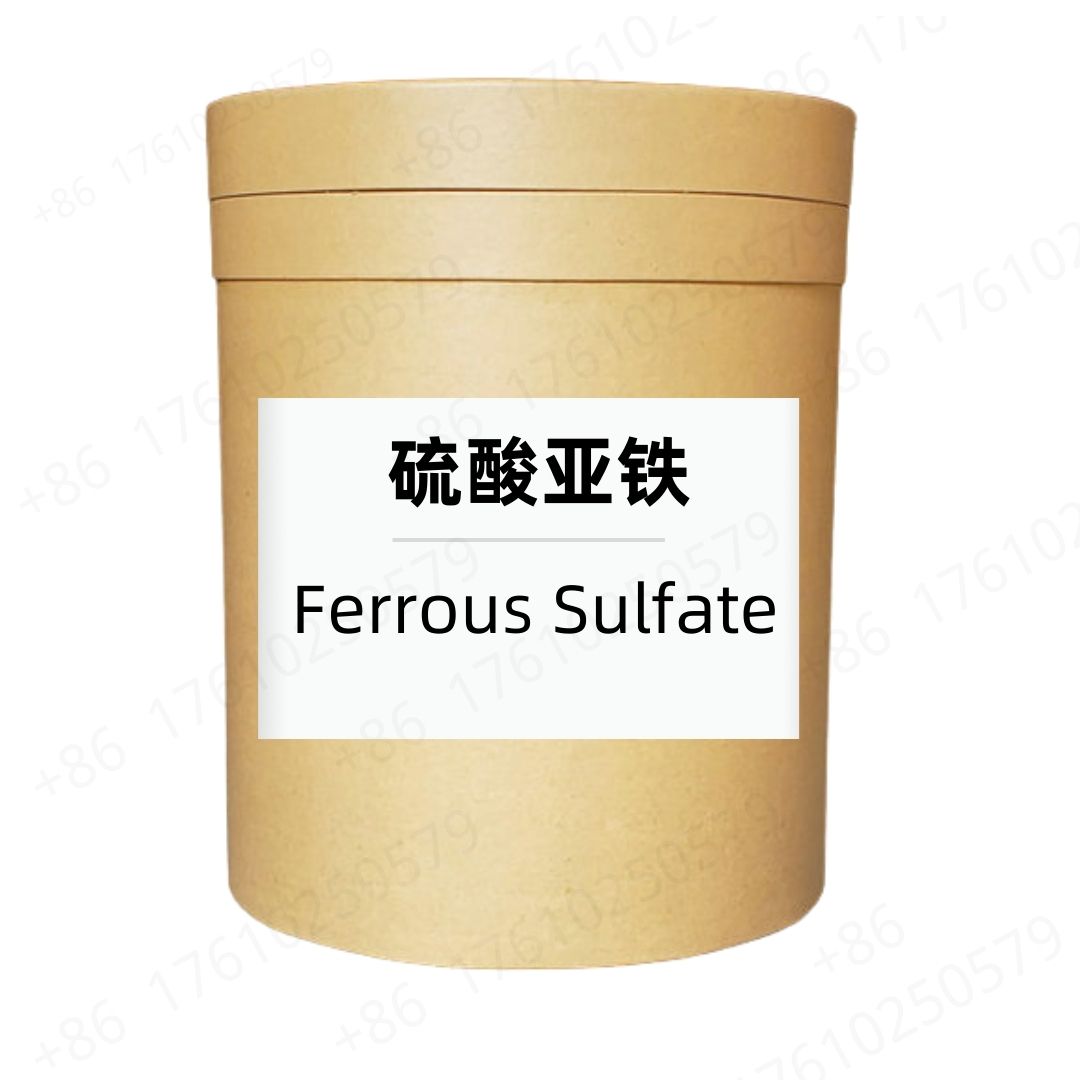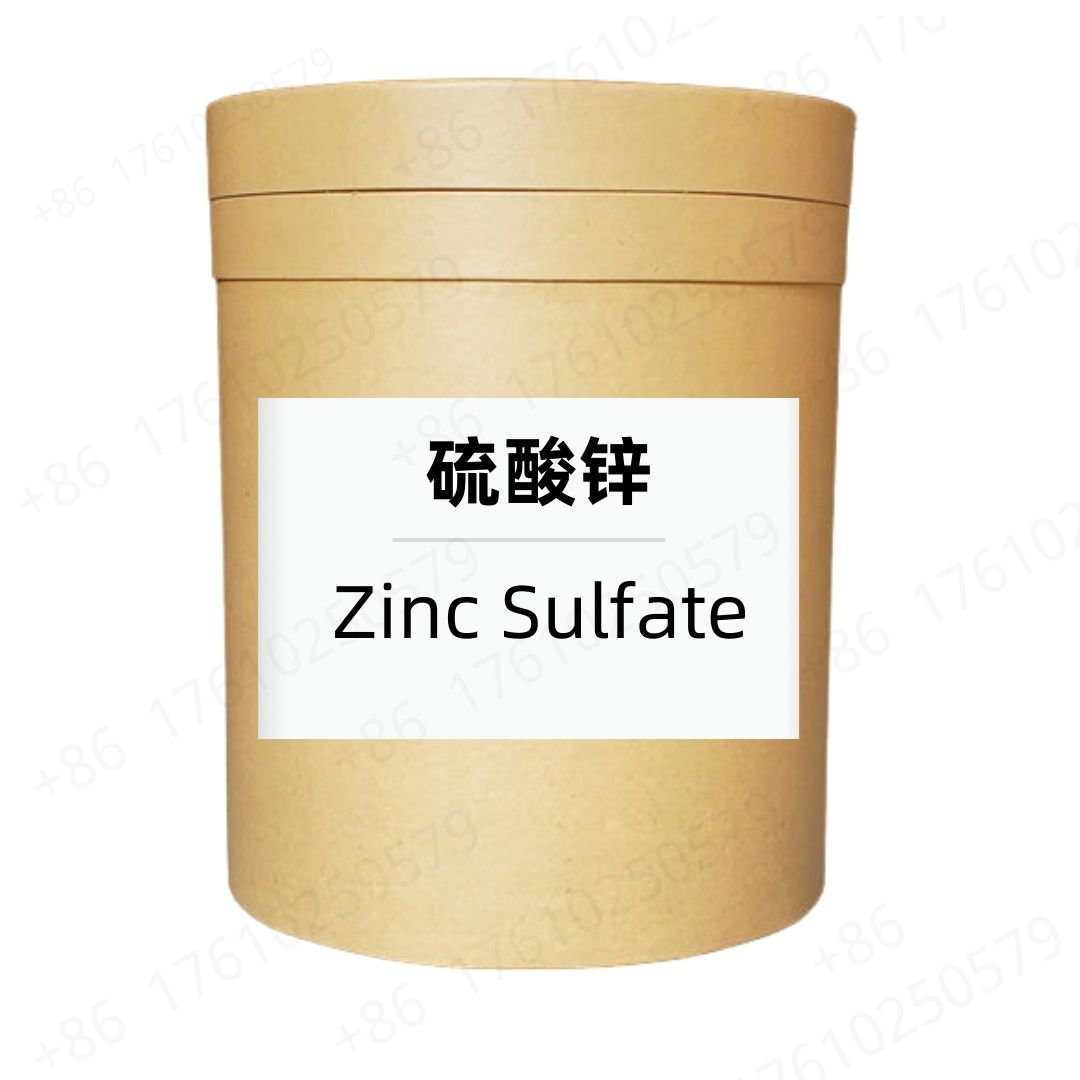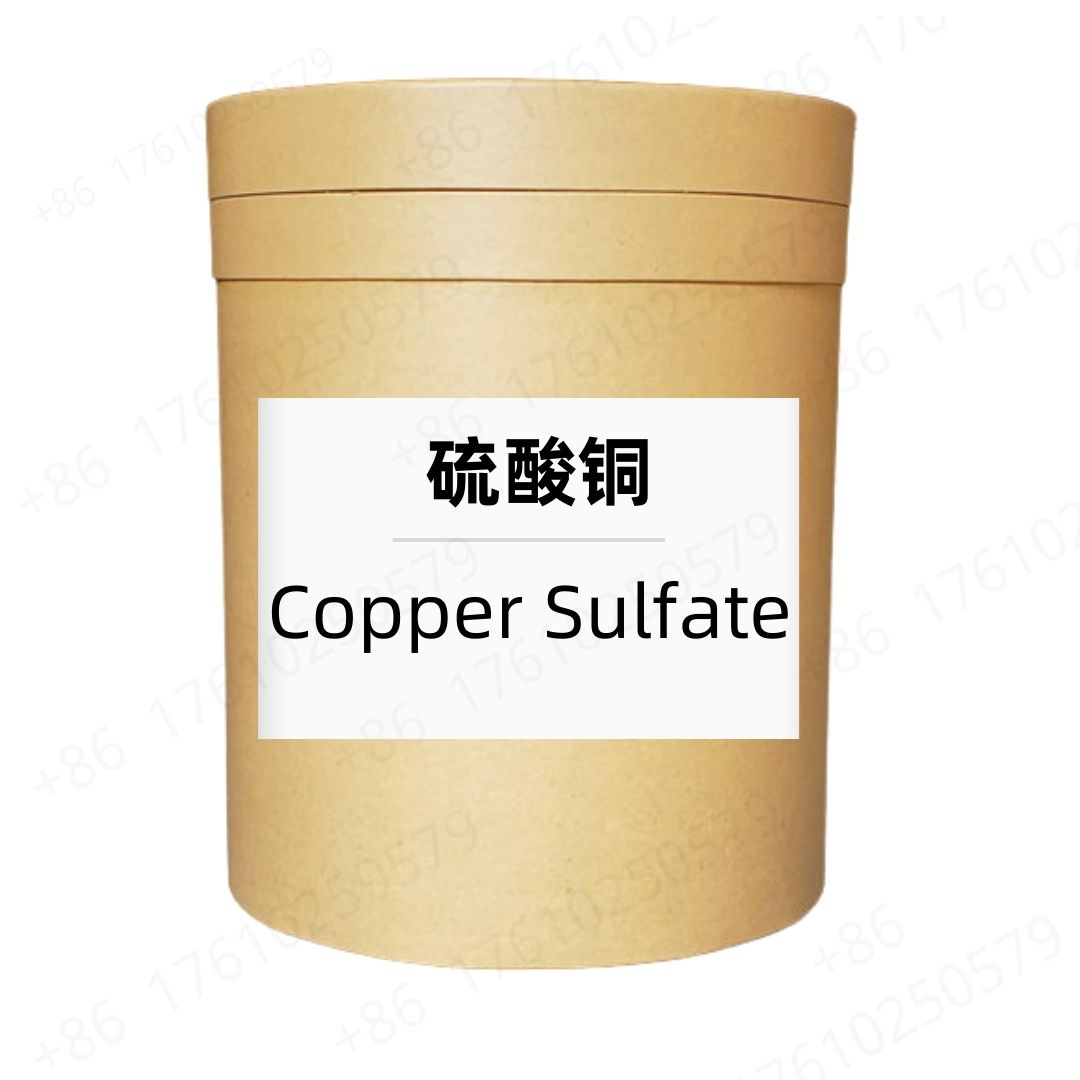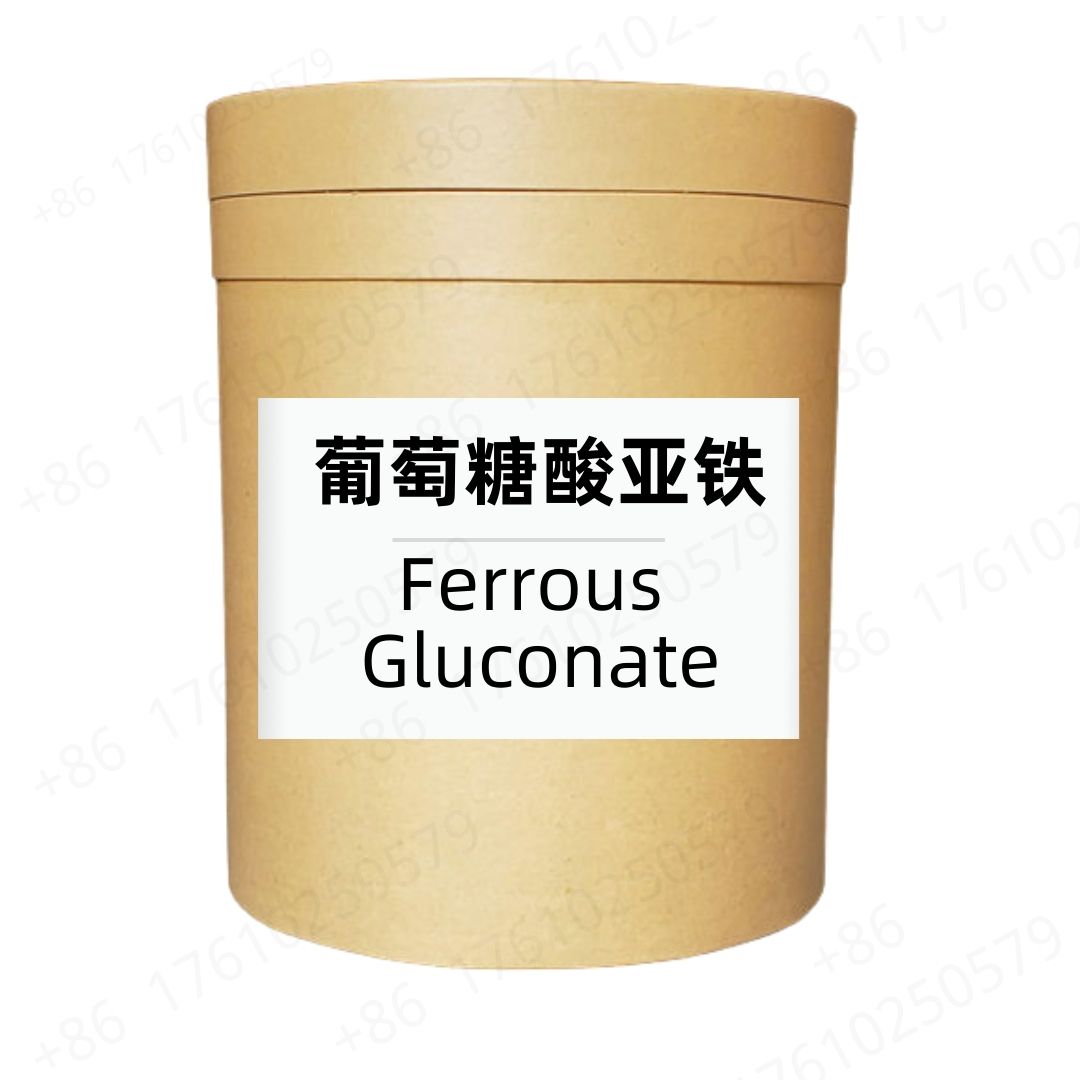Product Introduction
Bone meal is a natural fertilizer made from finely ground animal bones, primarily sourced from cattle and poultry. It is rich in phosphorus, an essential nutrient that supports plant growth, root development, and flowering. Additionally, bone meal contains calcium and traces of other minerals, making it beneficial for soil health. Its slow-release properties allow for a steady supply of nutrients to plants over time, reducing the need for frequent application. Due to its origins, bone meal is often considered an organic material, appealing to gardeners and farmers looking for alternative fertilization methods.
Production Process
The process of producing bone meal typically begins with the collection of animal bones, which are often by-products from the meat processing industry. These bones are cleaned and subjected to high temperatures to remove fat and moisture, ensuring that any pathogens are eliminated. The cleaned bones are then dried and ground into a fine powder, achieving the desired mesh size. Throughout production, strict hygiene and quality control measures are implemented to ensure safety and efficacy in the final product. This meticulous process results in a product that not only nourishes plants but also promotes sustainable agricultural practices.
Product Functions and Effects
Bone meal serves multiple functions in gardening and agriculture. Its high phosphorus content supports root and flower development, making it particularly valuable during a plant's blooming stage. The addition of calcium helps maintain soil structure and improves nutrient uptake. Alongside aiding plant growth, bone meal contributes to soil microbiome health, fostering beneficial microbial activity. Furthermore, its slow-release nature minimizes nutrient runoff, promoting efficient use in various environmental conditions.
Product Application Scenarios
Bone meal can be used in a variety of settings, including home gardens, lawn care, and large-scale agricultural operations. It is commonly sprinkled in planting holes for flowering plants and vegetables, providing a strong start for new transplants. Soil tests can guide the application rate, ensuring appropriate phosphorus levels based on specific plant needs. In landscaping, bone meal may be applied to support flowering trees and shrubs, enhancing their aesthetic appeal. Additionally, it can be integrated into composting systems, further enriching the final compost product with essential nutrients.
Packaging and Storage
Storage Conditions: Store in a sealed, light-proof container, away from high temperatures, in a dry, cool, and well-ventilated place.
Packaging: Bulk: 25kg/fiber drum; Sample: 1kg/aluminum foil bag; Custom packaging available upon request.
Shipping Methods: FedEx, DHL, dedicated logistics, and sea freight consolidation.
Shelf Life: Two years
Monica Sun possesses extensive technical expertise and market insights in the food additives industry. She excels in designing efficient and safe additive formulations tailored to various food applications, ranging from sweeteners to functional dietary fibers. Monica has successfully assisted food manufacturers in optimizing ingredient combinations to enhance product quality and improve consumer satisfaction.















